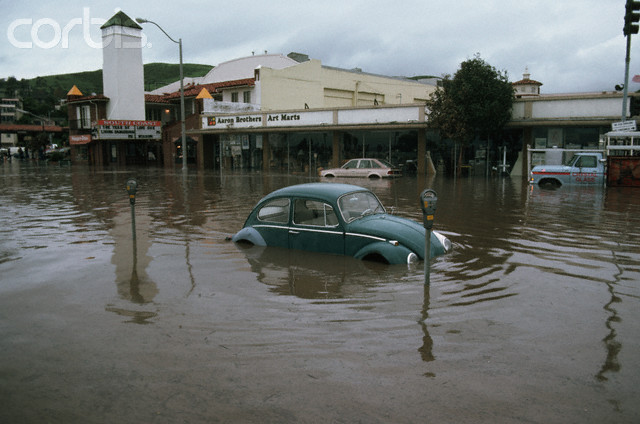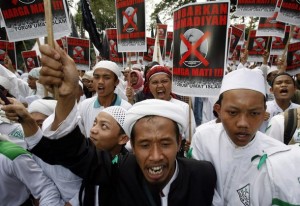By Kathryn Maureen Ryan
Impunity Watch Managing Editor
GAZA CITY, Gaza – The Israeli army, air force and navy has launched a major operation in the Gaza Strip Tuesday against Hamas in the Gaza Strip. The Israeli Military mobilized infantry troops along the border for a possible ground invasion designed to stop rocket attacks launched into Israel. The offensive has so far targeted dozens of sites in the coastal region. On Tuesday the Israeli Defense Minister Moshe Ya’alon said the military operation against in Gaza “will probably not end within several days.”
According to Palestinian sources At least 16 people have been killed in Israeli airstrikes targeting since Monday night. Among those killed in the attacks was Mohammad Sha’aban, a leader of Hamas’ militant wing. Israel confirmed that Sha’aban, whom it referred to as “a senior Hamas terrorist,” was killed in the airstrikes.
50 bombings were reportedly carried out overnight Monday and throughout the day on Tuesday. Dr. Dr. Ayman al-Sahbani rushed to Al-Shifa hospital attend to victims of the bombings which have so far included at least 8 people with 2 children among the injured. While Al-Shifa hospital is Gaza’s primary hospital and the largest in the territory Dr. Sahbani expressed concern that the hospital will not have the capacity to handle a sudden influx of bombing victims if the Israeli military strikes on Gaza continue.
On Tuesday all 12 beds in the hospital’s intensive care unit were occupied. “Most of those people here have medical referrals and were supposed to be receiving treatment at outside hospitals,” Sahbani said. “Now, we can’t get them out, and we can’t find a space for new patients if the airstrikes intensify.”
In addition to the shortage of hospital beds in Gaza, the region also suffers from a shortage of medicine and medical supplies. According to Gaza’s Health Ministry spokesman, Ashraf al-Qedraa Gaza is missing about 30 percent of essential drugs, while 15 percent of the remainder is expected to be exhausted within days of an Israeli assault. He said “the medical services are in a very critical situation” that Gaza never reached during the Egyptian-Israeli siege on Gaza adding that the ministry is running “extremely short” essential medical supplies like gloves, urine catheters, and other medical equipment.
The conflict between Hamas and Israeli shows no signs of de-escorting and has worsened in the days since three Israeli settlers were found murders in the West Bank, murders the Israeli military blames on the Gaza based group. Mushir Al-Masri, a Hamas leadership figure and member of the Palestinian parliament, wrote on his Facebook on Monday that “the enemy has crossed the red lines and will be made to pay the price for its crimes.” He added that the death of Hamas militants “is fuel for the intifada and the resistance.” Following the statement rocket fire from Gaza into Israeli territory increased with Hamas claiming responsibility for the barrage.
For More Information Please See:
Al Jazeera – Gaza Hospitals Struggle to Treat Wounded – 8 July 2014
CNN International – Israel Blocks Rocket Headed For Tel Aviv; Gaza Ground Operation Possible –8 July 2014
Reuters – Israel Steps Up Gaza Offensive after Surge in Rocket Fire – 8 July 2014
The Washington Post – Israel Launches Major Operation against Hamas In Gaza Strip – 8 July 2014

